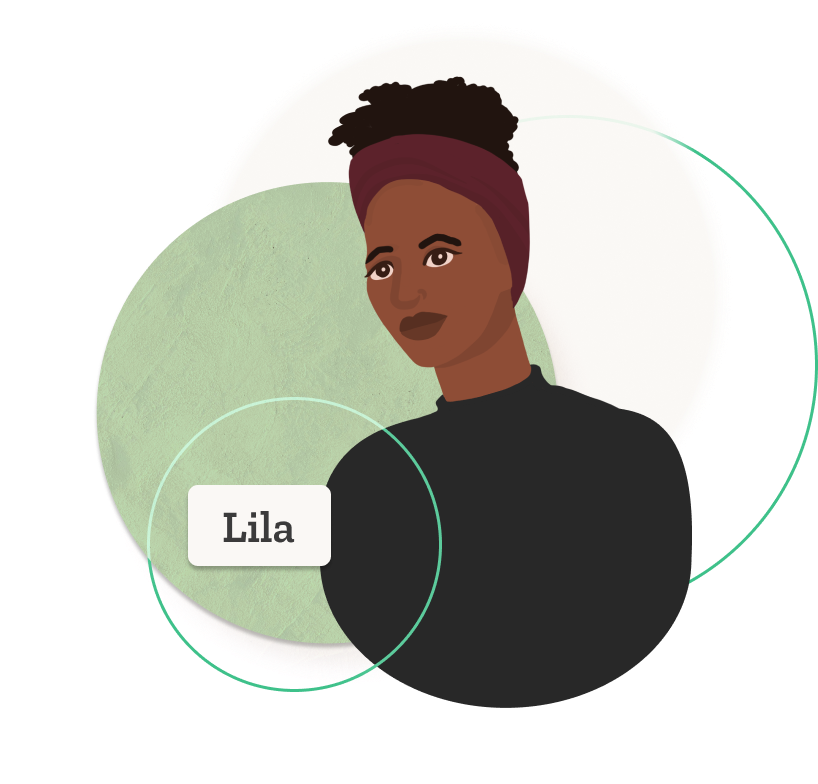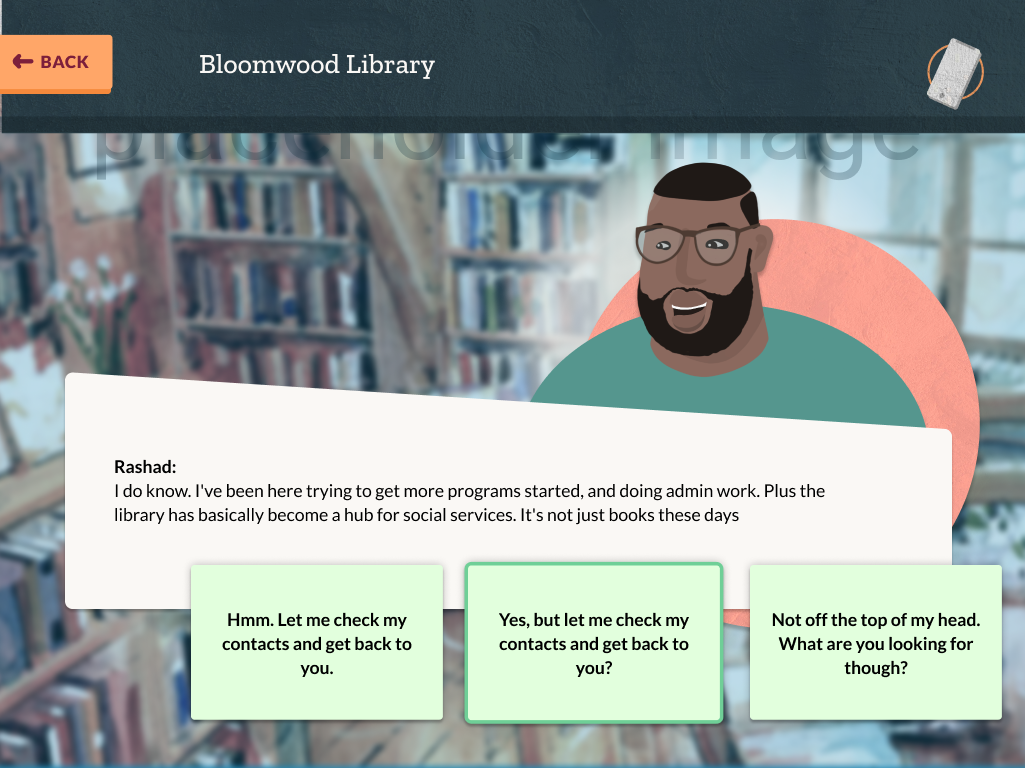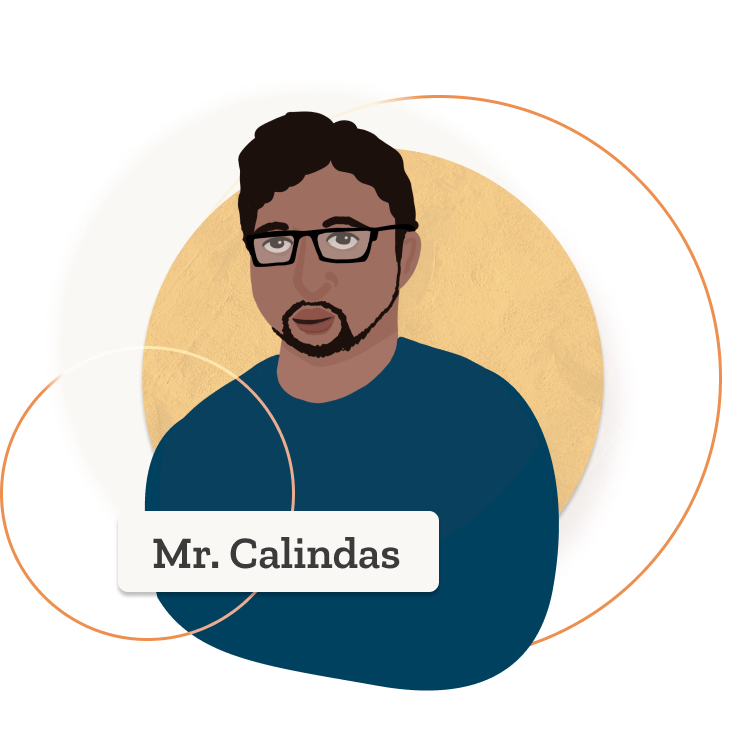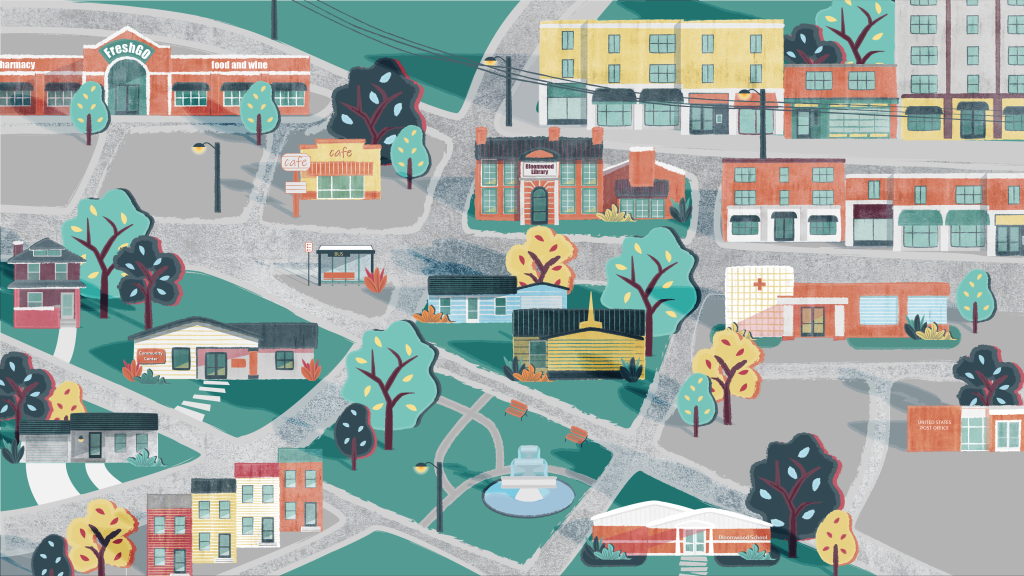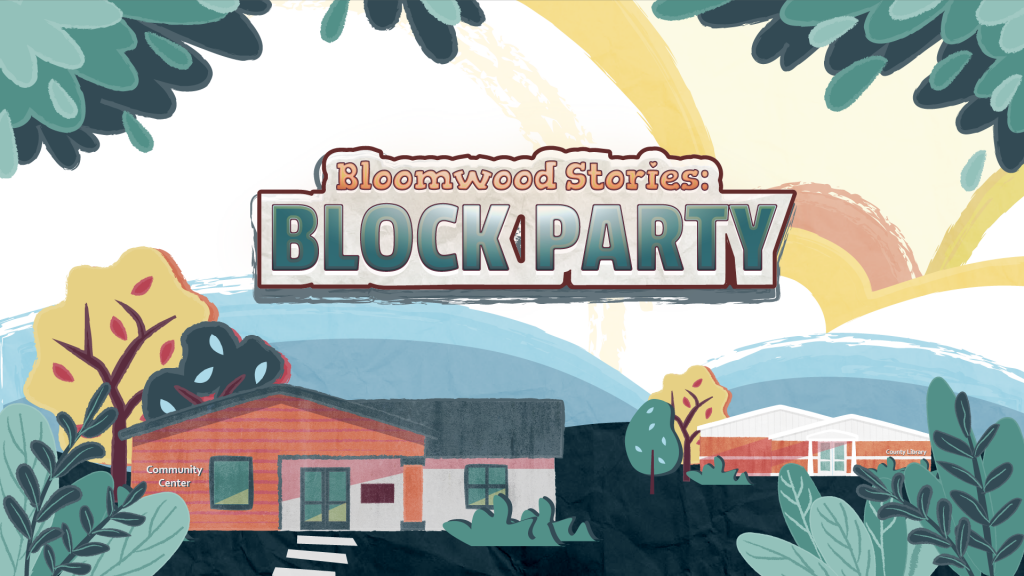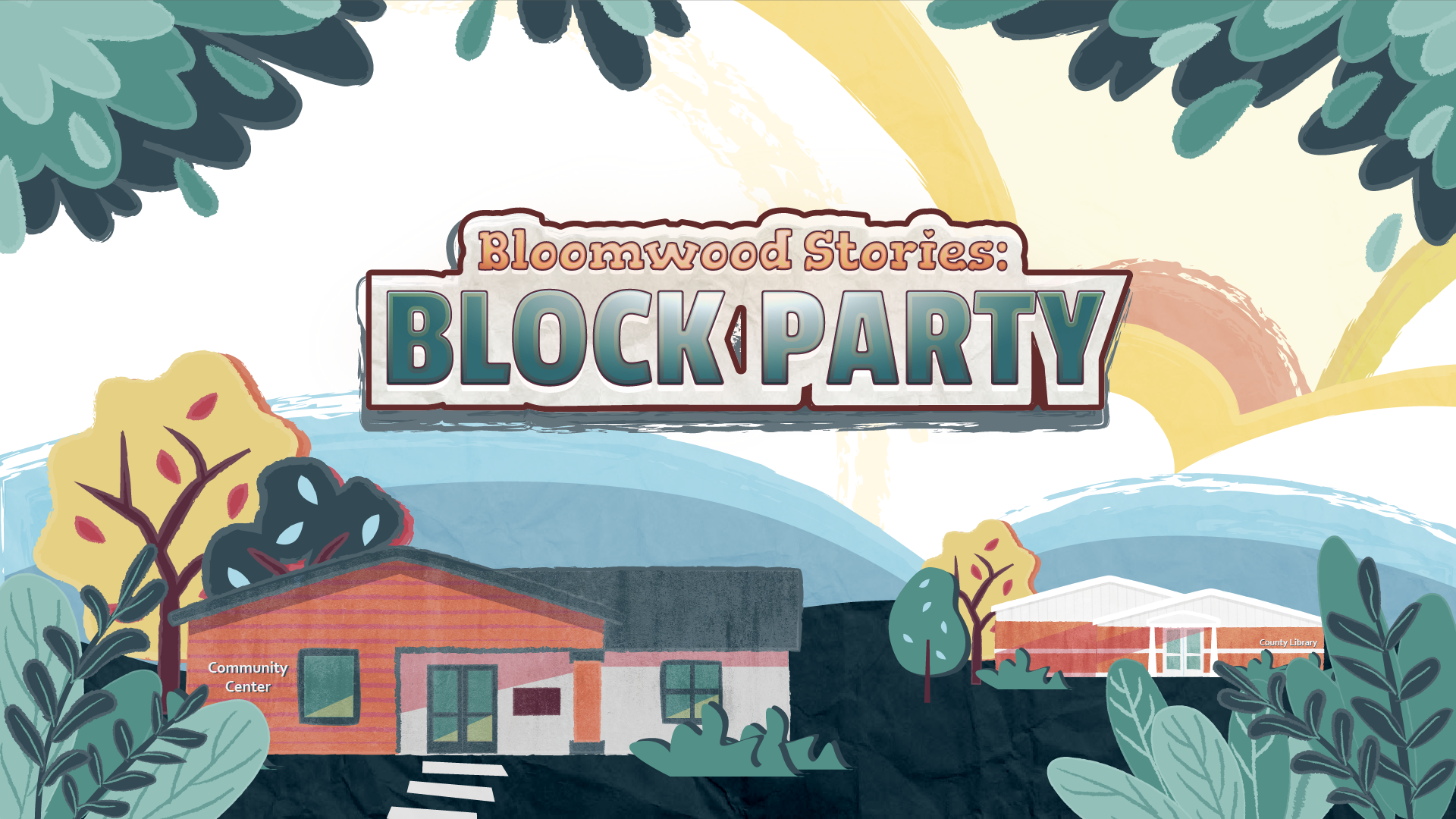
Tools
Tech: C#, Google Firebase, Fungus, Unity
Design: Pinterest, Twine, Figma, Photoshop, Procreate
Methods
Research: Focus groups, Content & Narrative Analysis
Design: Community participatory design methods
Overview
The Bloomwood Stories project is part of the National Institutes of Health’s All of Us Research Program mission to create a diverse health database that can help participants from all backgrounds. CMU’s Bloomwood Stories team is currently working on developing a game to improve the underreported, underrepresented, and marginalized community’s experience with healthcare and health literacy.
Team
The interdisciplinary team is led by Morgan Evans, a 4th year PhD student and HCI researcher working on her thesis, and Gal Flessig, the programming lead who is also a research programmer at CMU. Both joined the project last December driven to make a positive impact on communities that have historically been oppressed and ignored.
The rest of the team consists of a variety of students, designers, UI/UX researchers, developers, professionals and more, featuring plenty of mentorship and learning opportunities. The team also works in conjunction with researchers from the national All of Us chapter, which helps with participant recruitment.
Gameplay
The game is a first-person game, in which players navigate through the world through the eyes of a community manager completing quests given by NPC community members. It features powerful narratives and engaging quests to help foster trust in the healthcare community, taking inspiration both visual novel and strategy simulation genres.
For example, the NPC characters are designed to have highly intentional, interactive narratives that are both fun and effective for improving health knowledge. The overall gameplay and quests are also carefully crafted to boost health literacy through improving self-efficacy, the set of beliefs in one’s ability to succeed.
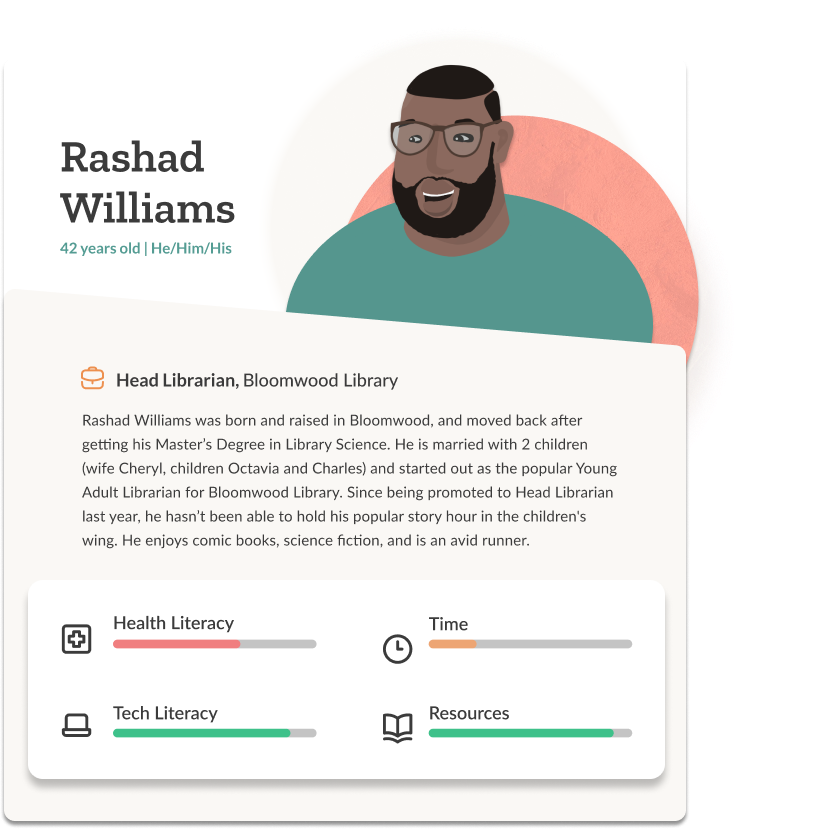
Research
Currently, the team is in the midst of the research phase, testing their designs through community participatory methods. They are in the midst of consolidating and synthesizing their research. For example they are working on qualitative coding analysis on their participants to develop a better understanding of the user’s sentiments in a methodical way. So far, the narratives have received positive feedback, with many participants excited to have NPCs that have relatable backgrounds.
One insight that the team has to account for is the context and environment that participants play the game in. People from marginalized communities might not have easy access to computers at home. This means designing a game that can be done in one sitting so that even a person visiting the library briefly for a few hours can enjoy the game.
Challenges
Even with careful research, the team continues to problem-solve for the challenges that come with the project such as developing a game that has such a wide audience. Morgan points out, “the term ‘marginalized communities’ is very broad,” and there is no one-size-fit all solution. What works for one subset of community may not work for another. In addition, the team recognizes that their work builds upon the underlying assumption that marginalized communities will have enough trust to even start using the game.
Impact
Overall, the team envisions their game to help build a more equitable future for people from all walks of life. Drawing from a combination of personal experience as parts of marginalized communities and from academic research, the team continues to work to make that goal a reality. Despite the hundreds and thousands of people that may play the game in the future, the team stays humble. As Gal best puts it, “[We] would be happy if our game impacts even one person to be more informed about healthcare.”
